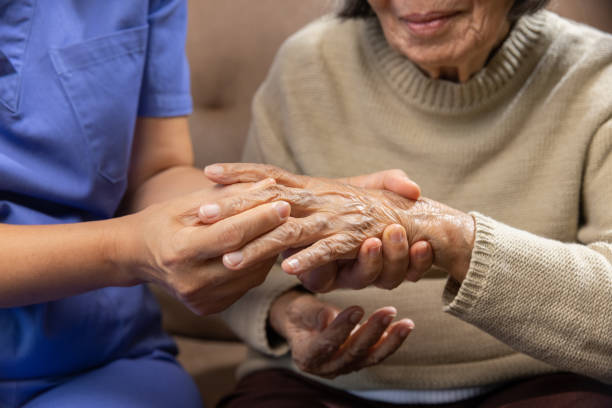By Evans Matthews
Endometriosis is one of the most pervasive yet misunderstood chronic illnesses affecting women globally. It impacts an estimated 190 million women and girls worldwide, according to the World Health Organization (WHO), yet it remains largely under-diagnosed, underfunded, and often ignored by health systems—even in the most advanced countries.
Endometriosis occurs when tissue similar to the endometrium—the lining of the uterus—grows outside the womb, often on the ovaries, fallopian tubes, and other pelvic organs. This tissue responds to the menstrual cycle like normal endometrial tissue, thickening and shedding, but with no exit from the body, it causes internal bleeding, inflammation, and severe pain.
“This disease steals time, energy, and dreams from women across every continent,” says Dr. Nadine Taylor, a reproductive health expert with Médecins Sans Frontières. “And yet, in many cultures, menstrual pain is normalized, silencing women and delaying diagnoses for years.”
Symptoms often include debilitating menstrual cramps, chronic pelvic pain, fatigue, pain during intercourse, and in many cases, infertility. Despite its prevalence, endometriosis is frequently misdiagnosed or mistaken for other conditions like irritable bowel syndrome (IBS) or psychological distress. On average, it takes 7 to 10 years for a woman to receive a proper diagnosis.
In high-income countries like the United States, United Kingdom, and Australia, women are speaking out, pushing for legislative attention and medical research. Meanwhile, in low- and middle-income countries, limited access to gynecological care, stigma surrounding menstruation, and cultural silence deepen the suffering.
“In my village, we are taught that pain is a woman’s burden,” says Maria, a 32-year-old from rural Peru. “By the time I reached a doctor, my ovaries were already damaged.”
This global disparity reveals how endometriosis is not just a health issue—it’s a social justice issue. Access to early diagnosis and effective treatment should not depend on geography or socioeconomic status.
There is no known cure for endometriosis, but treatment options include hormonal therapy, pain management, and surgery. However, these treatments are often inaccessible or unaffordable in many parts of the world.
The United Nations has called for the integration of menstrual and reproductive health education into global health policy, while advocates push for increased funding for endometriosis research.
“We must amplify the voices of women everywhere,” says Dr. Taylor. “Endometriosis is real, it’s painful, and it deserves urgent attention.”
Across the globe, women are rising to share their stories, break the silence, and demand action. But until every woman—regardless of location—can access proper care, the silent pain of endometriosis will remain a global injustice.
Let us move beyond whispers and work together to ensure that no woman’s pain is ever dismissed again.





